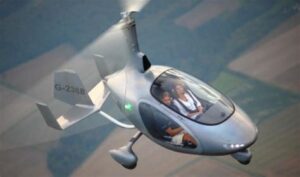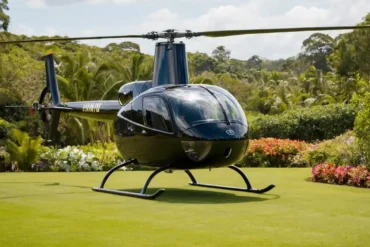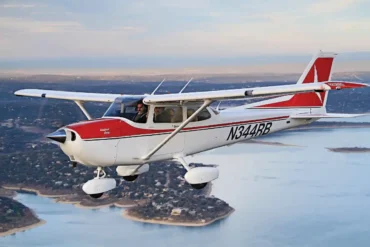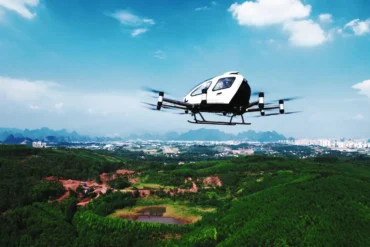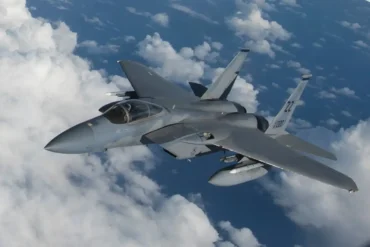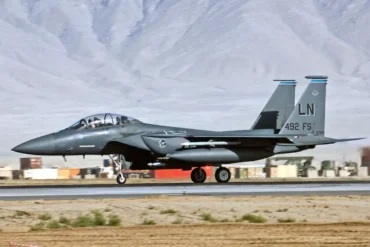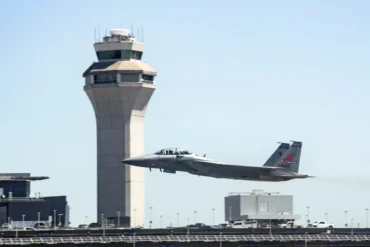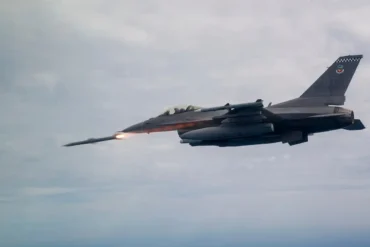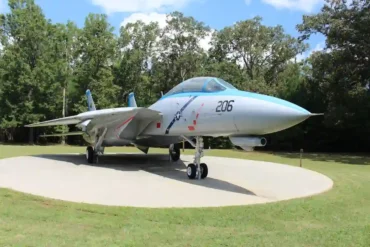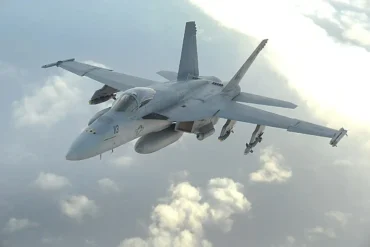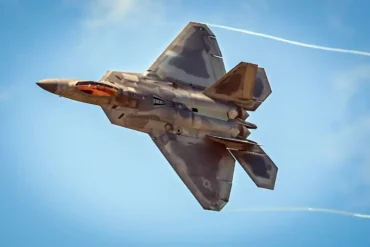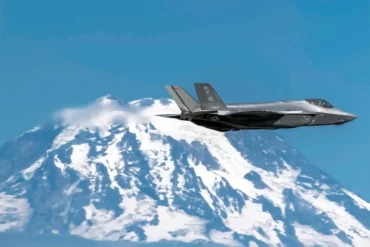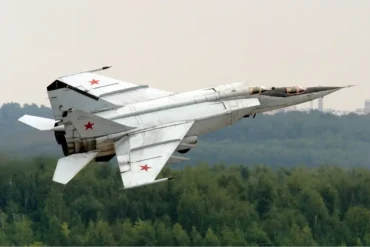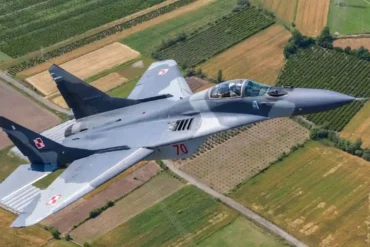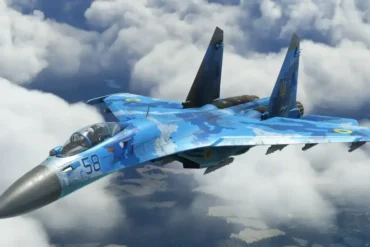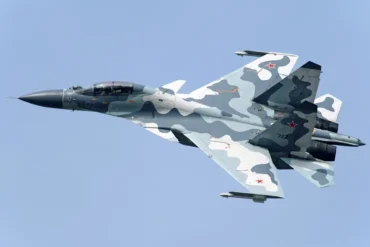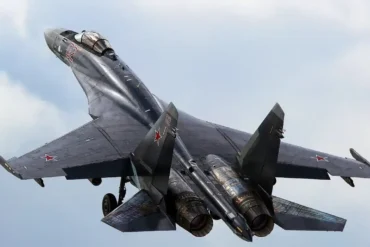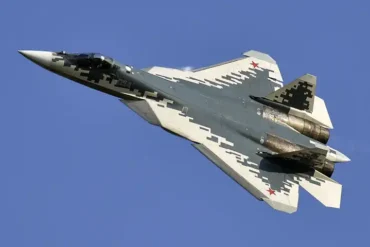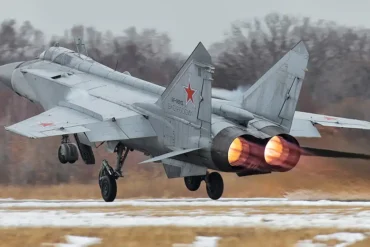Autogyros, often referred to as gyrocopters or gyroplanes, have become an increasingly popular choice for aviation enthusiasts seeking a unique flying experience. Whether you’re a seasoned pilot or a newcomer to the world of personal aircraft, understanding the cost of autogyros is essential for making an informed decision. In this article, we will delve into the various factors that influence the price of autogyros, from the initial purchase to ongoing maintenance and operational costs.
What is an Autogyro?
Before we explore the costs, it’s important to understand what an autogyro is. An autogyro is a type of rotary-wing aircraft that uses an unpowered rotor in free autorotation to develop lift, while an engine-powered propeller provides thrust. Unlike helicopters, which rely on engine power to turn the rotor, autogyros’ rotors spin freely in the airflow. This unique design offers several advantages, including a safer and more stable flight experience, especially in windy conditions.
Factors Influencing the Cost of Autogyros
1. New vs. Used Autogyros
One of the first decisions you’ll need to make is whether to purchase a new or used autogyro. The cost difference between these two options can be significant. New autogyros generally come with the latest technology, warranties, and the peace of mind that you’re the first owner. However, this comes at a higher price. On the other hand, used autogyros can offer substantial savings but may require more maintenance and come with the risk of hidden issues.
2. Model and Manufacturer
The model and manufacturer of the autogyro play a crucial role in determining the price. Well-known manufacturers such as Magni Gyro, AutoGyro, and ELA Aviation are recognized for their quality and reliability, but their models can be more expensive. The choice of model also matters; for example, a two-seater autogyro will typically cost more than a single-seater due to the additional materials and engineering required.
3. Customization and Features
Autogyros offer a range of customization options and features that can significantly impact the overall cost. These include advanced avionics, upgraded engines, enhanced safety features, and luxury interiors. While these additions can enhance your flying experience, they also add to the purchase price. It’s important to carefully consider which features are essential and which are optional.
4. Engine Type and Performance
The engine type and performance capabilities of an autogyro are major determinants of its cost. Engines with higher horsepower, greater fuel efficiency, and advanced technology tend to be more expensive. Additionally, the performance of the autogyro, such as its maximum speed, range, and payload capacity, can also influence the price. High-performance autogyros are generally more costly, but they offer superior flying experiences.
5. Operational and Maintenance Costs
Beyond the initial purchase price, owning an autogyro involves ongoing operational and maintenance costs. These include fuel, insurance, hangar fees, and regular maintenance. Maintenance costs can vary depending on the age of the autogyro, the frequency of use, and the availability of parts. It’s important to budget for these costs when considering the total cost of ownership.
6. Training and Certification
Flying an autogyro requires specialized training and certification, which can add to the overall cost. The cost of training varies depending on the location, the instructor, and the number of hours required. Additionally, if you’re purchasing a new autogyro, some manufacturers offer training packages as part of the purchase price.
Price Ranges for Autogyros
1. Entry-Level Autogyros
For those new to autogyros or with a limited budget, entry-level autogyros are a viable option. These models typically cost between $40,000 and $70,000. While they may lack some of the advanced features of more expensive models, they provide a solid foundation for learning and enjoying the experience of autogyro flight. These models are often single-seaters with basic instrumentation and a standard engine.
2. Mid-Range Autogyros
Mid-range autogyros offer a balance between cost and features, with prices ranging from $70,000 to $120,000. These models are typically two-seaters, equipped with more advanced avionics, improved engines, and additional safety features. Mid-range autogyros are suitable for pilots who want a more versatile aircraft that can handle a variety of flying conditions.
3. High-End Autogyros
For those seeking the best in technology, performance, and comfort, high-end autogyros are the top choice. These models can range from $120,000 to $250,000 or more, depending on the level of customization and the features included. High-end autogyros often come with powerful engines, state-of-the-art avionics, luxurious interiors, and the latest safety technologies. These models are designed for experienced pilots who demand the best in performance and comfort.
Cost Breakdown: Initial Purchase to Ownership
1. Initial Purchase Price
The initial purchase price of an autogyro is the most significant upfront cost. As we’ve discussed, this can vary widely depending on whether you’re buying new or used, the model, and the features. When budgeting for an autogyro, it’s essential to consider not only the base price but also any additional costs for customization, taxes, and shipping.
2. Insurance
Insurance is a critical aspect of owning an autogyro, protecting both the aircraft and the pilot. Insurance costs vary based on the value of the autogyro, the pilot’s experience, and the coverage level. On average, insurance can range from $1,500 to $5,000 per year. It’s important to shop around for the best rates and coverage options.
3. Hangar and Storage Fees
If you don’t have space to store your autogyro at home, you’ll need to consider hangar or storage fees. These fees can vary depending on the location and the size of the hangar. On average, expect to pay between $200 and $600 per month for hangar space. Some pilots opt for shared hangar space to reduce costs.
4. Fuel and Operating Costs
Fuel is a significant ongoing expense, with costs depending on the engine type and the frequency of flights. Autogyros generally consume between 5 and 10 gallons of fuel per hour, with fuel costs averaging $5 to $7 per gallon. Operating costs also include routine maintenance, which can range from $1,000 to $3,000 annually, depending on the autogyro’s age and usage.
5. Maintenance and Repairs
Regular maintenance and repairs are essential to keep your autogyro in safe flying condition. Maintenance costs include routine inspections, part replacements, and any necessary repairs. For a well-maintained autogyro, annual maintenance costs can range from $2,000 to $5,000. Older or heavily used autogyros may require more frequent maintenance and higher repair costs.
6. Training and Certification Costs
As mentioned earlier, training and certification are mandatory for flying an autogyro. Training costs vary, but you can expect to pay between $5,000 and $10,000 for a complete training program. This includes flight instruction, ground school, and the cost of obtaining your pilot’s license. Some manufacturers include training in the purchase price of a new autogyro, so be sure to inquire about this when shopping for your aircraft.
Long-Term Ownership Considerations
1. Resale Value
The resale value of your autogyro is an important consideration, especially if you plan to upgrade or sell your aircraft in the future. Autogyros that are well-maintained, have low flight hours, and come from reputable manufacturers tend to hold their value better. Keep detailed records of all maintenance and upgrades, as these can positively impact the resale price.
2. Depreciation
Like any vehicle, autogyros depreciate over time. However, the rate of depreciation varies based on factors such as the age of the autogyro, its condition, and market demand. New autogyros tend to depreciate more quickly in the first few years, while well-maintained used autogyros may experience slower depreciation. Understanding the depreciation curve can help you make a more informed purchase decision.
3. Upgrades and Modifications
Over the course of ownership, you may choose to make upgrades and modifications to your autogyro. These could include installing advanced avionics, upgrading the engine, or adding comfort features. While these upgrades can enhance your flying experience, they also come with additional costs. It’s important to weigh the benefits of these upgrades against their impact on the autogyro’s value and performance.
Conclusion: Is an Autogyro Worth the Investment?
In conclusion, the cost of owning an autogyro can vary widely based on a range of factors, from the initial purchase price to ongoing maintenance and operational expenses. For aviation enthusiasts, the unique experience of flying an autogyro, combined with its relative affordability compared to other aircraft, makes it a compelling choice. By carefully considering the various costs involved and making informed decisions, you can find an autogyro that fits your budget and meets your flying needs. Whether you’re looking for an entry-level model or a high-end autogyro with all the bells and whistles, understanding the costs will help you make the right investment in your aviation future.
